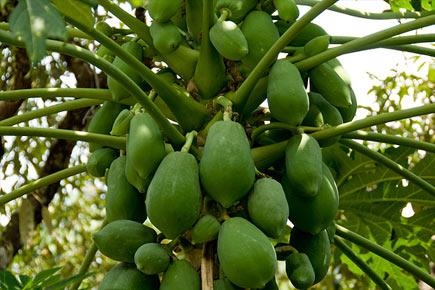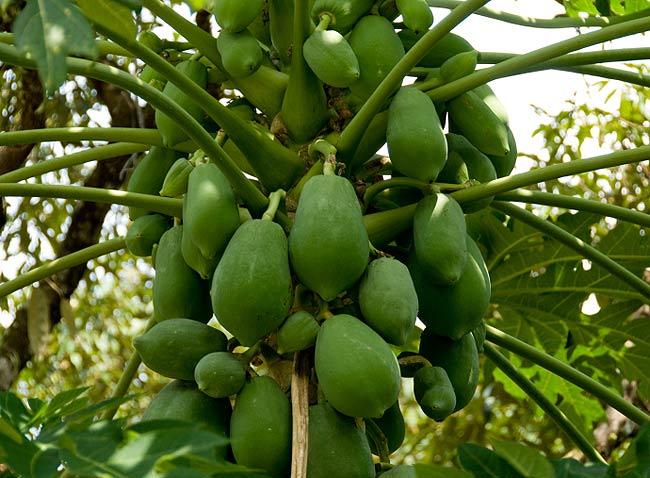Virginia Tech researchers discover devastating papaya pest and devises a natural way to combat it after India’s first efforts to eradicate the mealybug fails

New York: A natural pest-control plan from US-based Virginia Tech that halted the papaya mealybug - that created havoc in southern India causing mold and stunted growth of several crops - has saved up to $309 million in the first year itself.
For a relatively modest cost of $200,000 during the first year of the intervention, financial loss that would have crossed $1.34 billion over five years has been prevented, said researchers from Virginia Tech.
ADVERTISEMENT
Led by an Indian-origin crop scientist Rangaswamy 'Muni' Muniappan, the Virginia Tech team first discovered this devastating papaya pest - called paracoccus marginatus - in India in 2008 and devised a natural way to combat it.
 Papaya tree. Representational picture
Papaya tree. Representational picture
“India’s first efforts to eradicate the papaya mealybug failed,” said Muniappan, who heads Virginia Tech’s integrated pest management innovation lab programme.
“The government and farmers tried spraying pesticides but crop losses kept getting larger. It was clear to us that this was a case not for poisons but for natural, biological controls,” he said in a paper published in the journal Crop Protection.
The winning intervention was based on three natural enemies of the mealybug - three parasitic wasps imported from Puerto Rico, Mexico, in July 2010.
The wasp lays its eggs inside the mealybug larvae, and when the eggs hatch, the young wasps eat the larvae.
Excellent control of the papaya mealybug was obtained within five months, pesticide usage was reduced, and production and income were increased, said the research.
“I’m happy to hear that Virginia Tech scientists conducted an economic analysis. That is so often missing in biological-control projects,” said Marjorie A. Hoy, a University of Florida entomologist.
The problems began in 2006 when farmers in Tamil Nadu reported that a new pest was affecting papaya.
Numerous applications of insecticide were made but papaya losses were severe and the pest spread to several other crops.
The pest was identified as the papaya mealybug and a classical biological control programme was initiated.
 Subscribe today by clicking the link and stay updated with the latest news!" Click here!
Subscribe today by clicking the link and stay updated with the latest news!" Click here!







